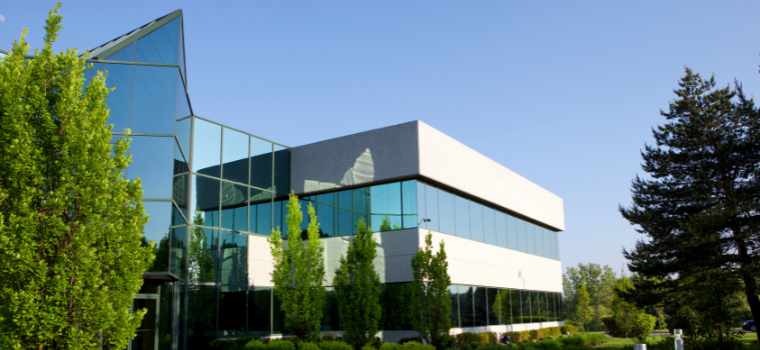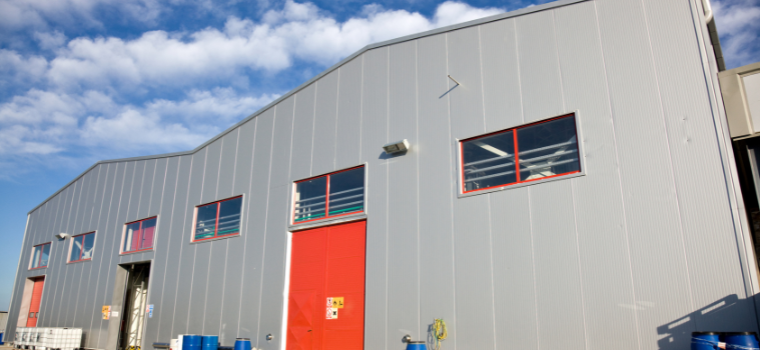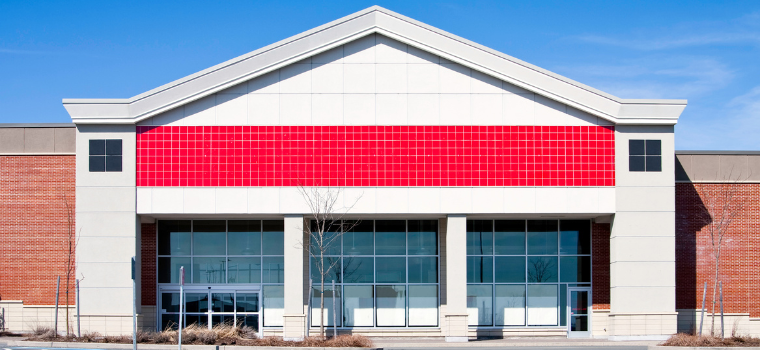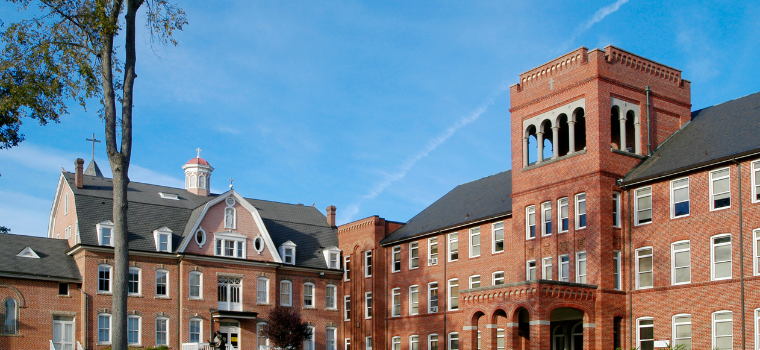Selecting the right type of property management is important for effectively overseeing and maximizing the value of your property. Property management goes beyond just collecting rent; it requires understanding the specific needs of different property types. In this resource, we will explore the various types of property management, ranging from residential properties to special-purpose spaces, and provide detailed definitions, sub-types, and responsibilities associated with each.
1. Residential Property Management
It refers to the overseeing and administration of residential properties, such as single-family homes, multi-family buildings, or apartment complexes.
Efficient residential management builds trust, enhances tenant
retention, and protects long-term property value.
The main responsibility of residential property management is to ensure the property is well-maintained, tenants are satisfied, and the owner’s investment is protected and profitable.
Types of Residential Property Management
There’re three sub-types of residential property management:
1.1. Single-Family Homes
- Properties with one unit for rent.
- Typically require more hands-on management due to tenant turnover and maintenance.
1.2. Multi-Family Units
- Apartment complexes and duplexes.
- Requires a well-structured tenant management system.
1.3. Condominiums
- Residential units within a shared building, often with shared amenities.
A well-managed residential property not only ensures smooth day-to-day operations but also strengthens tenant satisfaction and long-term investment returns.
Key Responsibilities of Residential Property Management
Managing residential properties involves a combination of strategic planning and day-to-day operations to maintain tenant satisfaction and property value.

Here’re some key roles for residential property management:
- Tenant Screening
Evaluating potential tenants through background checks, credit history, and rental references to ensure reliability and reduce risk. - Lease Agreements
Preparing and managing legally compliant rental contracts that clearly define the terms, responsibilities, and expectations for both parties. - Property Maintenance
Handling routine repairs, inspections, and emergency fixes to keep the property safe, functional, and visually appealing. - Rent Collection
Ensuring timely rent payments, tracking delinquencies, and enforcing late fees or follow-up actions when necessary.
By handling tenant screening, lease agreements, maintenance, and rent collection, residential property managers ensure stable and successful property operations.
You may find this helpful: Do Real Estate Agents Make Good Money?
2. Commercial Property Management
It refers to the professional oversight and operation of income-generating properties used for business purposes. This includes office buildings, business parks, coworking spaces, and mixed-use developments.
Smart commercial oversight drives business continuity, tenant
satisfaction, and maximum asset performance.
The primary goal of commercial property management is to ensure the property remains functional, profitable, and attractive to business tenants, while preserving or increasing its long-term value.
Types of Commercial Property Management
2.1. Office Buildings
- Leasing and managing spaces for businesses, often with long-term tenants.
2.2. Retail Properties
- Managing shopping malls, strip centers, and standalone retail stores.
2.3. Mixed-Use Developments
- Properties that combine commercial and residential spaces.
Key Responsibilities of Commercial Property Management
Effective commercial property management focuses on maximizing property profitability while meeting the evolving needs of business tenants.

Here’re some key roles for commercial property management:
- Lease Negotiations
Managing rental terms, renewals, and agreements to protect the property’s profitability and meet tenant needs. - Tenant Relations and Retention
Maintaining strong communication and service standards to keep tenants satisfied and encourage long-term occupancy. - Facility Maintenance
Overseeing regular upkeep, repairs, and safety compliance to maintain the property’s condition and value.
With proper lease negotiations, strong tenant relations, and consistent facility maintenance, commercial property managers contribute directly to long-term investment returns.
You may find this helpful: How Construction Loan Calculator Works for Real Estate
3. Industrial Property Management
Industrial property management focuses on overseeing properties used for industrial operations such as manufacturing facilities, distribution centers, warehouses, and logistics hubs. These properties are typically large-scale and built for specific industrial functions, which may include heavy machinery use, high-volume storage, or product assembly.
Managing industrial spaces requires precision, compliance, and
seamless coordination of complex operations.
Managing industrial properties involves handling complex lease structures, ensuring compliance with zoning and safety regulations, and maintaining highly functional spaces tailored to operational efficiency.
Types of Industrial Property Management
3.1. Warehouses
- Managing storage and logistics spaces.
3.2. Manufacturing Facilities
- Properties used for producing goods and products.
3.3. Distribution Centers
- Handling the flow of goods from manufacturers to retailers or other warehouses.
Key Responsibilities of Industrial Property Management
Industrial property management requires a specialized approach that addresses regulatory compliance, operational safety, and infrastructure maintenance.

Here’re some key roles for industrial property management:
- Compliance with Local Regulations
Ensuring the property adheres to zoning laws, environmental standards, and industrial codes set by local authorities. - Safety and Security
Implementing safety protocols, monitoring industrial hazards, and maintaining secure access to protect people and assets. - Maintenance of Equipment and Infrastructure
Managing the upkeep of specialized equipment, structural elements, and operational systems to support uninterrupted industrial use.
Through diligent attention to regulations, security, and equipment upkeep, industrial property managers support the smooth and safe functioning of industrial operations.
4. Retail Property Management
Retail property management covers the oversight of properties occupied by retail businesses, including standalone stores, strip malls, and large shopping centers. The focus lies in attracting high-performing tenants, maintaining a clean and inviting shopping environment, and managing leases that align with foot traffic and sales goals.
Successful retail management balances tenant needs, customer
traffic, and revenue-focused property upkeep.
This type of management plays a key role in tenant mix strategy, customer experience, and overall retail success.
Types of Retail Property Management
4.1. Shopping Centers
- Managed areas with multiple retailers and communal spaces.
4.2. Malls
- Large commercial properties with various stores and services.
4.3. Stand-Alone Retail Stores
- Individual properties leased to retailers.
Key Responsibilities of Retail Property Management
Retail property management focuses on creating a vibrant shopping environment by planning tenant mix, supporting marketing efforts, and maintaining facility standards.

Here’re some key roles for retail property management:
- Tenant Mix Planning
Selecting and organizing tenants to create a balanced mix that drives foot traffic and enhances the shopping experience. - Marketing and Promotions
Coordinating events, advertisements, and seasonal campaigns to attract customers and support tenant sales. - Facility Maintenance and Upkeep
Ensuring the property remains clean, well-lit, and fully functional to provide a safe and welcoming retail environment.
Through careful tenant selection, strategic promotions, and consistent property upkeep, retail property managers help maximize customer engagement and tenant success.
5. Vacation Rental Management
Vacation rental management deals with the management of properties rented out on a short-term basis to tourists or travelers. These properties are typically listed on vacation rental platforms such as Airbnb, Vrbo, or Booking.com.
Short-term stays demand full-time attention—effective vacation
rental management ensures quality and consistency.
The role involves overseeing booking, guest services, and property upkeep to ensure a positive guest experience.
Types of Vacation Rental Management
5.1. Luxury Vacation Homes
- High-end properties with premium services and amenities.
5.2. Short-Term Rentals (Airbnb)
- Single-unit rentals for vacationers or travelers.
5.3. Beachfront/Resort Properties
- Properties located in tourist destinations, often with resort-style amenities.
Key Responsibilities of Vacation Rental Management
Vacation rental management focuses on providing a seamless guest experience by ensuring accurate bookings, prompt communication, and consistent property readiness.

Here’re some key roles for vacation rental property management:
- Booking and Reservations
Managing guest bookings across multiple platforms, ensuring accuracy and availability in real-time. - Guest Communication and Support
Providing timely responses, handling inquiries, and ensuring a smooth check-in and check-out experience. - Cleaning and Turnover Management
Coordinating cleaning schedules and restocking essentials to maintain a consistent guest-ready standard.
By managing reservations, guest support, and property turnover, vacation rental managers maintain high service standards that drive positive reviews and repeat bookings.
6. HOA/Community Association Management
HOA (Homeowner Association) or community association management involves managing properties within a community governed by an association.
Strong community management creates harmony, enforces
standards, and safeguards shared investments.
These can include residential neighborhoods or condominiums with shared spaces, amenities, and common regulations.
Types of HOA/Community Association Management
6.1. Gated Communities
- Properties in controlled access areas with shared amenities.
6.2. Condominium Associations
- Overseeing the maintenance of common areas and services for residents.
6.3. Master Planned Communities
- Large communities with multiple amenities such as parks, pools, and recreational areas.
Key Responsibilities of HOA/Community Association Management
HOA and community association management involves overseeing neighborhood operations, enforcing rules, and ensuring financial and property maintenance responsibilities are met.

Here’re some key roles for community association property management:
- Enforcement of Bylaws
Ensuring residents follow community rules and regulations to maintain order and harmony within the neighborhood. - Maintenance of Common Areas
Overseeing upkeep of shared amenities like parks, pools, and clubhouses to preserve property value and resident satisfaction. - Budgeting and Financial Management
Managing association finances, collecting dues, and planning for reserves and long-term maintenance projects.
Through diligent bylaw enforcement, maintenance of shared areas, and financial management, HOA managers contribute to preserving property value and community standards.
7. Special-Purpose Property Management
Special-purpose property management involves the oversight of properties that are built for a unique, often non-commercial, purpose. This category includes schools, hospitals, museums, places of worship, and resorts.
Unique properties need tailored management—every detail must
align with the facility’s specific function and use.
These properties have specific needs that require specialized management skills.
Types of Special-Purpose Property Management
7.1. Religious Properties (Churches)
- Managing properties dedicated to worship and community events.
7.2. Educational Institutions (Schools, Universities)
- Managing large campuses with multiple buildings and facilities.
7.3. Recreational and Resort Properties
- Properties offering leisure, tourism, and event hosting.
Key Responsibilities of Special-Purpose Property Management
Managing special-purpose properties requires tailored solutions that address the unique operational and regulatory demands of these facilities.

Here’re some key roles for special-purpose property management:
- Property Adaptation
Adjusting facilities to meet the unique operational needs of the property, such as religious, educational, or recreational functions. - Event Coordination
Managing logistics for regular or one-time events, ensuring smooth operations and proper use of the space. - Compliance with Regulations
Meeting specific legal, zoning, and safety standards required for the specialized nature of these properties.
By adapting properties, coordinating events, and maintaining compliance, managers ensure that special-purpose properties continue to serve their intended functions effectively.
Quick Comparison of Property Management Types
Here’s a quick comparison table for a clearer view of each property management type:
| Property Type | Special-Purpose Property Management |
|---|---|
| Residential | Tenant screening, lease agreements, maintenance |
| Commercial | Lease negotiations, tenant relations, facility upkeep |
| Industrial | Compliance, safety, equipment maintenance |
| Retail | Tenant mix, marketing, property maintenance |
| Vacation Rentals | Booking management, guest services, cleaning |
| HOA/Community Association | Bylaw enforcement, common area maintenance, budgeting |
| Special-Purpose | Property adaptation, event coordination, regulatory compliance |
Final Thought
Understanding the types of property management helps property owners make informed decisions about how to best manage their investments. By knowing the unique aspects of each property management type, you can ensure that the property operates efficiently, remains profitable, and meets the needs of its tenants. Each property type requires careful management and specialized knowledge, but with the right approach, property management can yield significant returns.



